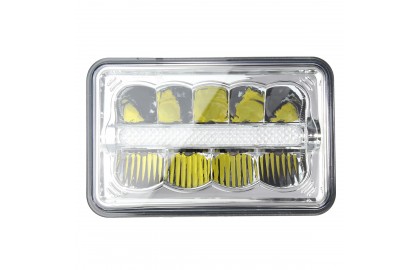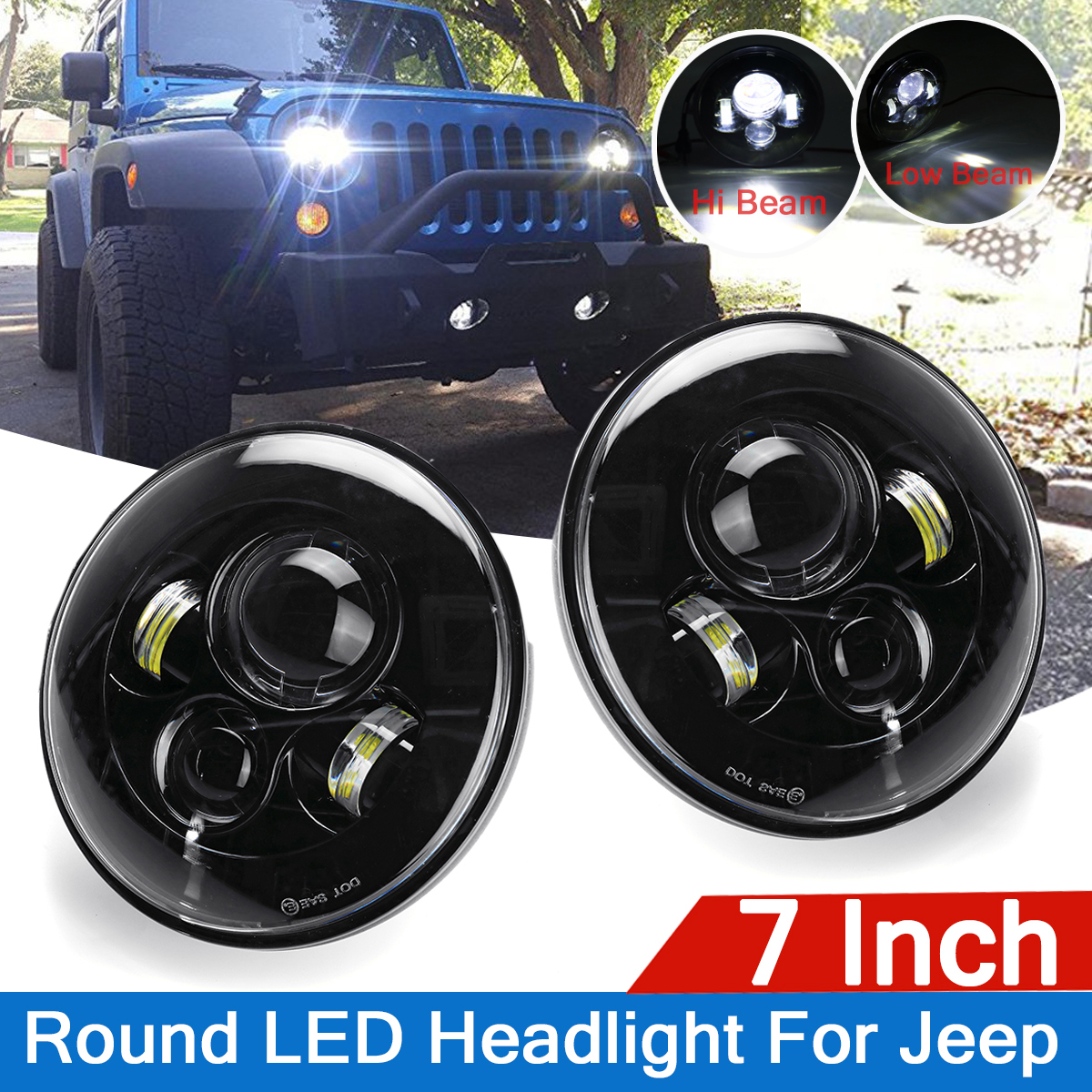Think the headlights are too yellow and want to change them?


Car lights, a common lighting system, needless to say its function.
The kind of yellow headlights we are most familiar with are filled with familiar halogen bulbs (Halogen). This kind of bulb is essentially the same as Edison's improved bulb, except that halogen gases such as iodine or bromine are injected inside to increase the service life of the bulb through a series of physical and chemical effects.
Affordability is the biggest advantage of halogen bulbs, and the penetrating power of yellow lights is relatively high in bad weather.
But the yellow light always gives people a feeling that it is not bright enough, and the color temperature of the street light is relatively close. In the urban area with better environmental lighting conditions, sometimes it will be unclear whether you have turned on the driving light, resulting in Security risks.
Later, everyone found that the lights on many good cars had turned into white, very bright, and also knew that this thing is called xenon headlights, HID or something, and heard that this kind of white light can be replaced by a light bulb, so I was eager to try it. The pair of "golden eyes" in my car also evolved into "white eyes".
HID is the abbreviation of "High Intensity Discharge", which refers to high-pressure gas discharge. The interior of the HID lamp is filled with a variety of inert gases based on xenon (Xenon) (this is also the origin of the name "xenon headlights") and a small amount of iodide.
Turn on the headlight switch, the supercharger will amplify the 12V voltage on the car to 23,000 volts, and then apply it to the inside of the bulb to dissociate xenon electrons, thereby generating white arc light.
HID headlights have three times the brightness of halogen lamps, and the color temperature is closer to sunlight during the day. In addition, HID also has the advantages of low energy consumption and longer service life. The downside is that it's a little bit more expensive.
However, before upgrading, you must first figure out what style your headlights are.
The complex structures in the headlights are all to make the divergent light of the light source shine forward as evenly as possible, so as to illuminate the road without affecting the sight of pedestrians and other vehicles.
The following is the most classic concentrator, also called a concentrator cup, which transforms the divergent light into a fan-shaped light through reflective mirrors at different angles, and then directly shoots forward.
The following is a more common lens headlight nowadays. Unlike a single concentrator, the divergent light of the light source becomes parallel light through a smaller concentrator, and then transforms into a fan-shaped light through a convex lens and shoots forward. Compared with traditional spotting cups, the lens light group is smaller in size, less light energy is lost, and the beam is more concentrated.
The low beam and high beam of most car lights are separated, and two bulbs are matched with two independent condensers. The two concentrators of many low-end models or low-end models are concentrator cups. If the configuration is higher, the low beam will use a lens form, and if it is higher, the high beam will also use a lens.
There are also some models, such as Cadillac's ATSL and Ford Mustang, whose headlights have only one concentrator, which is shared by the low beam and the high beam, also called a bifocal lens. There is a sunshield controlled by a solenoid valve in the concentrator of this type of car light, and the switch between far and near light can be completed by changing different positions.
double spotting cup
The suggestion is: directly replace the HID headlight assembly with lens.
Although the interface on the back of the lamp is the same, you can directly replace the halogen bulb with an HID bulb, but the original light reflection path is calculated according to the position of the bulb to achieve the best lighting effect. If the size of the HID bulb replaced later is different from the original factory, resulting in a deviation in the light-emitting position, the following situations may occur.
Some people may ask, can a lens concentrator be installed on the original basis?
Hmm... this one is a bit off. If you want to play like this, you need to destroy the original headlight structure, which is equivalent to digging a hole in the original spotting cup and inserting the lens.
It sounds unreliable, let's just change the assembly honestly.
Lens + spotting cup
This is relatively easy, replace the dedicated HID bulb for the car, or directly replace the entire lens module with HID. Or, if possible, replace the entire headlight assembly
In addition, the car lights of this structure can also replace the lens of the low beam with the above-mentioned bifocal lens with integrated far and near light. In this way, when the high beam is turned on, in addition to the original high beam, the bifocal lens also turns on the high beam mode, which is equivalent to turning on four high beams. This brightness is very sour when you think about it.
single lens headlight
This is similar to the previous one, change the light bulb, change the lens module, and change the entire headlight.
Finally, let's talk about LED lights. Compared with HID lamps, LEDs are smaller in size, lower in power consumption, brighter, and of course more expensive. However, LED headlights are a future development trend for automobile OEMs and the post-refit market.
The upgrade principle of LED lights is similar to the HID mentioned above. Now there are many LED bulbs for special cars on the market, which can be replaced directly, which saves a lot of cost and time.
Seeing this, everyone already has a basic understanding of car light upgrades, and some friends may already be gearing up. Finally, I still want to emphasize that the first consideration for lighting upgrades is safety factors, including appropriate brightness and correct installation methods, as well as maintaining civilized lighting habits. In addition, in the selection of upgrade accessories, remember that you get what you pay for, and don't blindly pursue cost performance.
Find your brand new headlight HERE.
